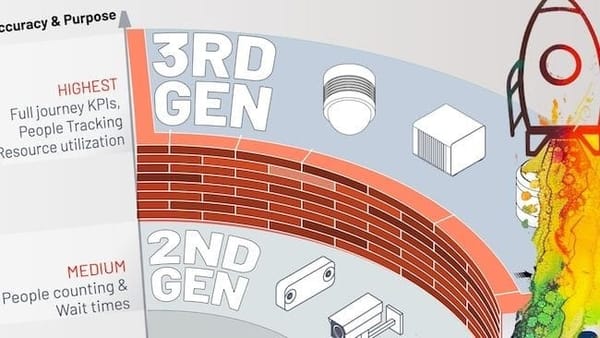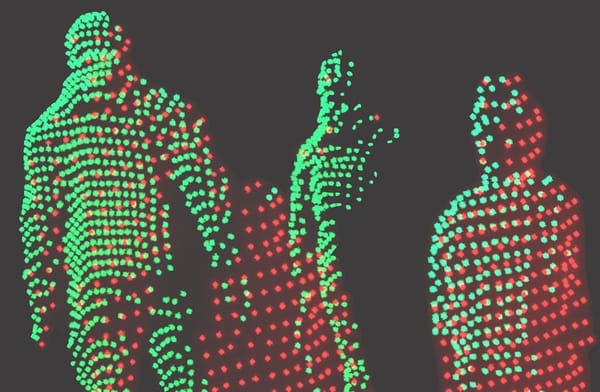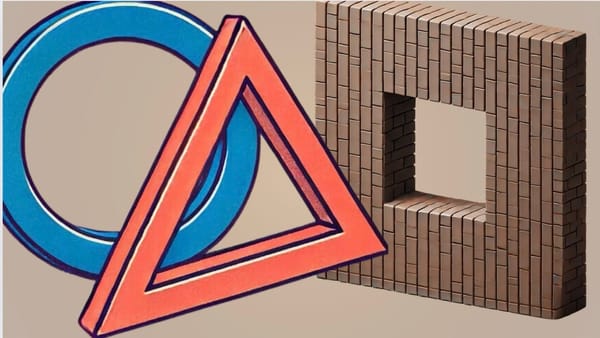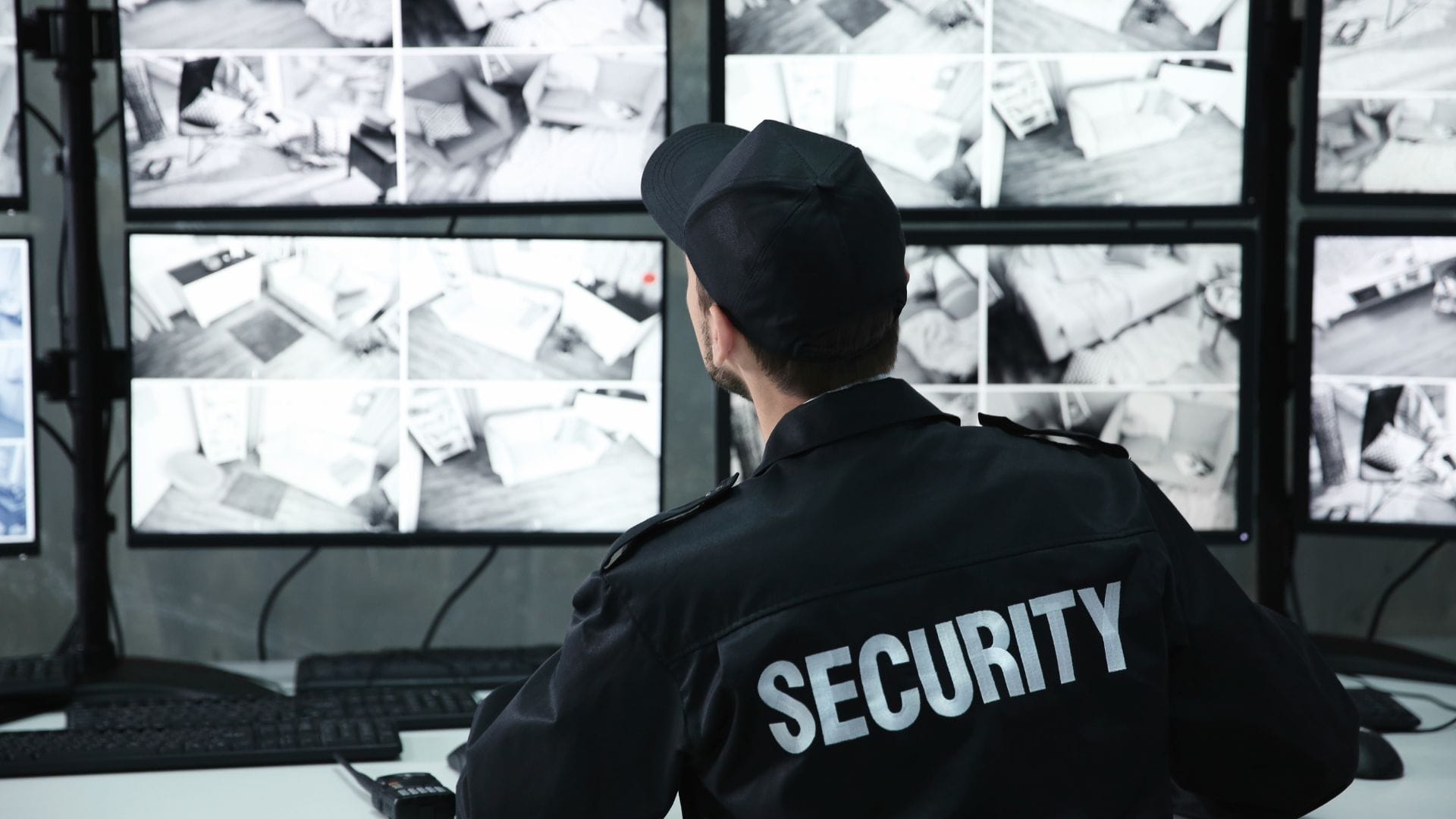
Surveillance and Intrusion Detection: The Evolution of 3D LiDAR Security Technology
3D LiDAR Security Solutions offer a proactive approach. These systems can detect intruders in real-time, reduce false alarms, and enhance overall security effectiveness.
A new and exciting technology emerges every few years, stimulating a paradigm shift in how physical security systems are designed, implemented, and deliver new intelligence sources.
Many of the most impactful technologies launch quietly, typically introduced by new industry players.
From the transition from analog to IP devices to the latest advancements in unified AI-driven management platforms, IoT, and cybersecurity, numerous solutions were initially met with skepticism but have now become fundamental technologies that redefine enterprise-level systems.
Understanding LiDAR-Based Technology in Security Surveillance
3D LiDAR Security Solutions advance Spatial Intelligence by mapping environments in 3D and classifying objects to distinguish between people and vehicles.
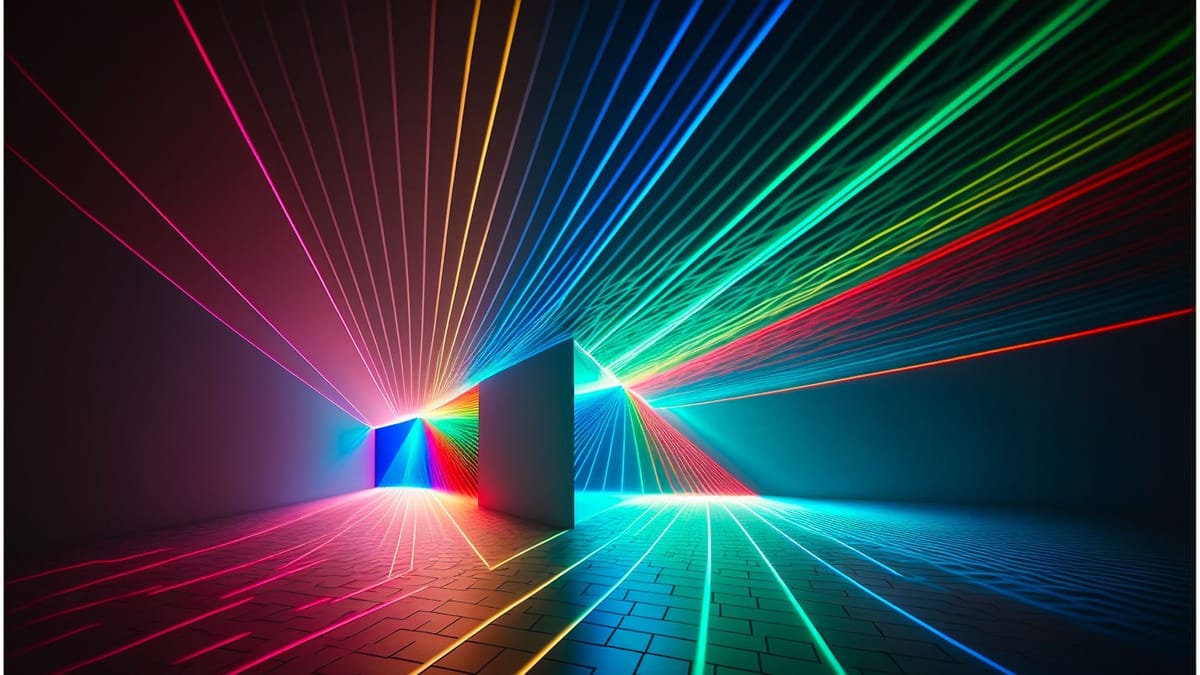
These solutions transition security systems from reactive to proactive, triggering real-time alarms and notifying security personnel of potential threats, significantly enhancing real-time surveillance and intrusion detection systems.
This data generates a 3D point cloud image, providing spatial and depth information. Integrated with Outsight's Shift Perception Software, 3D LIDAR data allows for real-time object identification, classification, and tracking. Combined with a VMS, it forms a comprehensive security system.
3D LiDAR Security vs. Traditional Approaches
Traditional security measures often foster a false sense of security. Systems based on access control and surveillance cameras react to incidents rather than preventing them.
For example, access control might alert to tailgating too late, and surveillance footage is only useful after the fact.

However, these 'reactive' security systems can't stop an intrusion as it happens. When an access control system signals an alert for tailgating or a crime is seen on a surveillance video, the event has already occurred.
They operate effectively under any environmental conditions without reliance on external lighting, making them ideal for challenging environments like energy substations.
Smart intrusion detection software within these systems further enhances their capability by differentiating between types of moving objects, thereby enriching the spatial monitoring within a given area.
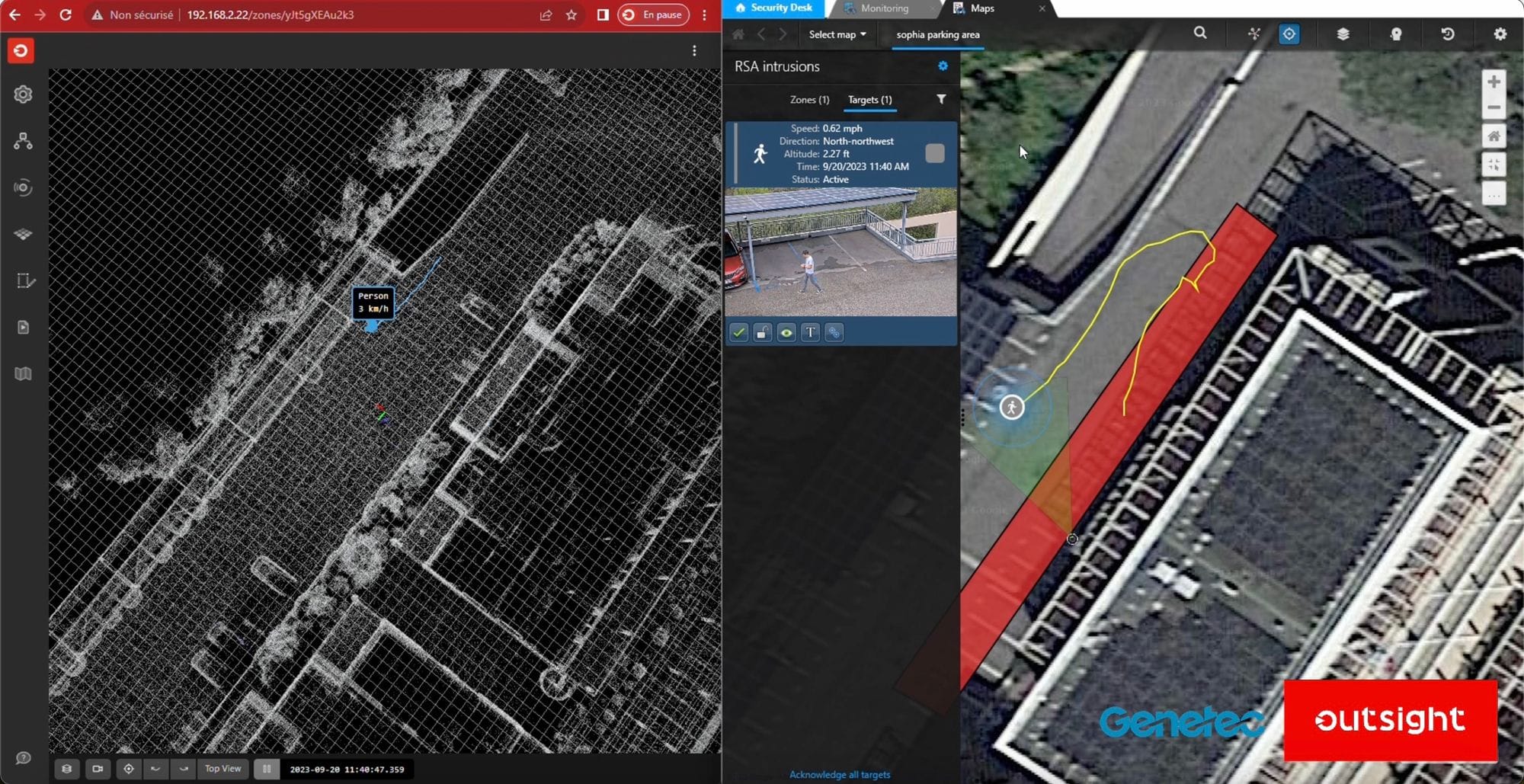
This capability not only improves real-time surveillance but also significantly boosts the effectiveness of intrusion detection systems.
LiDAR Sensors and CCTV Systems: Complementary Technologies
Rather than competing, LiDAR-based intrusion detection systems enhance CCTV capabilities by directing PTZ cameras to precisely focus on and track potential threats.
The next video shows a LiDAR-based security solution with a PTZ integration within a Milestone VMS. The LiDAR software solution can automatically point PTZ cameras toward a suspicious person or vehicle.
Since advanced 3D LiDAR sensors offer complete 360° 3D coverage and can cover areas up to 15,000 square meters per sensor, they can significantly reduce the need for multiple hardware components, software installations, cabling, networking setups, and installation efforts.
This reduction in requirements ultimately lowers the overall system costs.
LiDAR sensors do not capture facial images or any personally identifiable information, ensuring compliance with stringent privacy regulations. This feature makes them well-suited for deployments in regulated environments.
3D LiDAR Sees Beyond
The forward-thinking awareness provided by 3D LiDAR is crucial for protecting critical infrastructures such as data centers and energy facilities and enhancing city security while respecting privacy.

In a world that operates in three dimensions, security solutions should, too. 3D LiDAR offers a transformative approach for organizations to secure their environments comprehensively, heralding a new era in physical security.
If you want to know more, contact our team!



